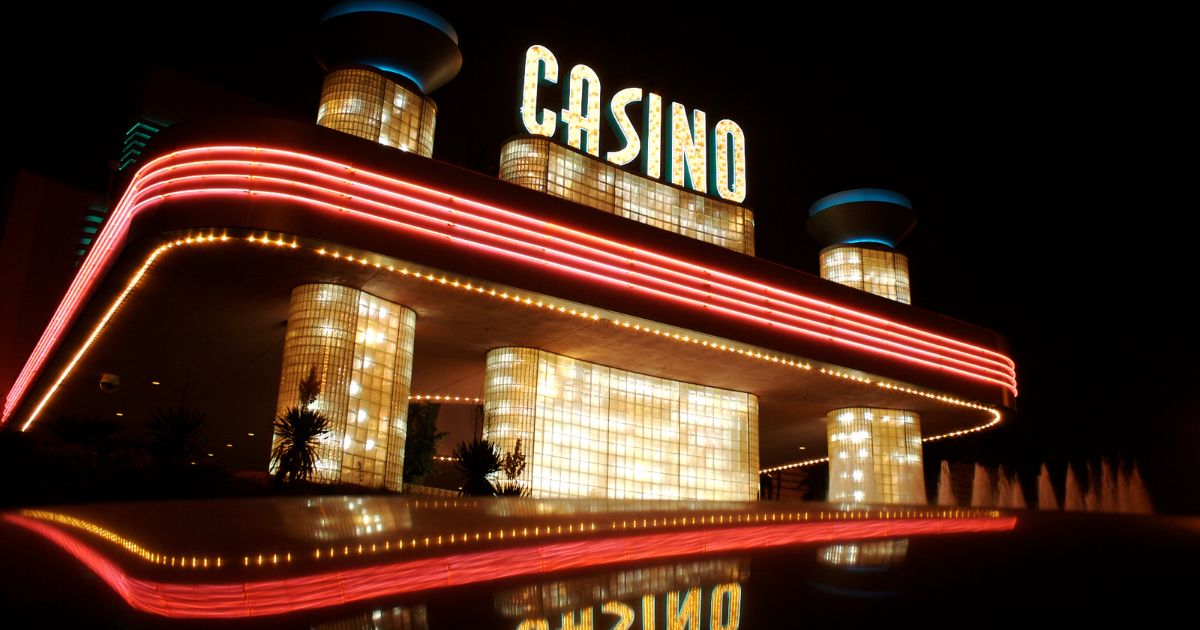
Within the lively and exciting world of casinos, where fortune and strategy intertwine, color and design play a critical role in drawing in gamblers. As soon as players step into a casino or access a gaming website, they are enveloped in a visual feast that grabs their attention and entices them to discover more. Bright colors, engaging graphics, and innovative layouts are carefully crafted to create an atmosphere of thrill and expectation, ultimately enhancing the gaming encounter.
As players move through the dynamic landscape of casino games, they encounter a variety of designs that not only serve visual purposes but also influence emotions and decision-making. Hues like red and yellow symbolize wealth and luck, while soothing navy and greens can create a more relaxed environment. Grasping how these elements work together allows casinos to create an inviting and stimulating atmosphere that encourages players to interact with the games, spend more time at the tables, and boost their overall enjoyment.
The Study of Color in Gaming Establishments
Hue plays a critical role in the design of casino games, affecting player emotions and actions. Vivid and vibrant colors, such as crimson and gold, are often used to stimulate enthusiasm and capture attention. These shades create a sense of immediacy and dynamism, encouraging participants to involve themselves more enthusiastically with the game. By strategically selecting tints, designers aim to elicit emotions of joy and expectation, which can enhance the overall player experience.
Distinct colors also have psychological connotations that can influence how gamblers perceive their chances of winning. For case, green is often associated with fortune and wealth, making it a well-liked choice in games like the roulette wheel and poker games. This link can result gamblers to feel more positive and confident in their play, ultimately motivating them to wager more. Understanding these links allows game creators to design environments that enhance player satisfaction and loyalty.
In addition, the layout of gaming interfaces often utilizes blended colors and differing hues to guide players’ actions. For example, winning results may be accentuated with striking, differing shades, creating a visual cue. This method strengthens favorable outcomes and supports repeated gameplay. By utilizing color psychology, gaming venues can design activities that not only captivate gamblers but also maintain them engaged and invested in their play experience.
Design Elements that Engage Gamers
The visual appeal of casino games is primarily influenced by the use of bold colors. Bright and contrasting colors are strategically chosen to create an appealing atmosphere that captures attention. For instance, crimson and golden hues often signify good fortune and wealth, which is why they are prevalent in the palettes of slot machines and game surfaces. These colors not only attract players in, but they also stir emotions related to thrill and anticipation, enhancing the overall gaming experience.
In addition to color, the design and organization of casino games play a significant role in player attraction. Games are designed to be user-friendly, ensuring that players can easily understand the guidelines and gameplay. User-friendly interfaces, along with captivating graphics and animations, help maintain player interest and encourage extended play sessions. The tactile elements, such as the feel of the buttons and the audio of the games, also contribute to a comprehensive sensory experience that keeps players immersed.
In conclusion, thematic elements in gaming design can significantly influence player choice. Many casino games are inspired by popular culture, fairy tales, or exploration motifs, incorporating symbols and characters that connect with players. These themes create a sense of immersion and connection, making each game feel distinct. When players feel a connection to the theme, they are more likely to opt for that game over others, leading to increased participation and enthusiasm within the gambling environment.
Case Studies: Successful Casino Slot Designs
One prime example of successful casino game design is the well-known slot machine series based around hit movies. Games such as those based on the Wizard of Oz and Game of thrones utilize dynamic colors and superior graphics to immerse players in familiar narratives. The use of dynamic visuals and entertaining sound effects grabs the attention of players, creating an psychological connection to the theme. This strategy not just encourages longer play but also boosts the overall gaming experience, resulting in increased player retention.
Another successful case is the use of the psychology of color in table games like blackjack and roulette. Casinos often create these games with rich reds and greens, colors traditionally linked with luck and wealth. For instance, the emerald felt on a blackjack table provides a soothing effect, while the crimson accents in roulette invite anticipation. This thoughtful use of color helps to create an inviting atmosphere that motivates players to join in, fulfilling their psychological impulses and enhancing their enjoyment.
Finally, online casino games that feature community features and bright, dynamic designs have seen remarkable success in engaging players. Games like Zynga’s Poker and Slotomania leverage vivid colors and playful animations to establish an inviting online environment. The addition of leaderboards, social sharing options, and in-game rewards fosters competition and community, attracting players in for longer sessions. siti non AAMS Such designs not only make the games visually attractive but also underscore social connectivity, a key factor in player retention and engagement within digital casino environments.